Mixing Metaphors —— God as Mother and Father in Deutero-Isaiah
----- 隐喻混合:上帝在以特罗伊赛亚中作为母亲和父亲
While most treatments of biblical metaphor examine individual metaphors in isolation, Sarah J. Dille presents a model for interpretation based on their interaction with one another. Using Lakoff and Johnson's category of "metaphoric coherence", she argues that when nonconsistent or contradictory metaphors appear together in a literary unit, the areas of overlap (coherence) are highlighted in each. Using the images of father and mother in Deutero-Isaiah as a starting point, she explores how these images interact with others: for example, the divine warrior, the redeeming kinsman, the artisan of clay, or the husband. The juxtaposition of diverse metaphors (common in Hebrew prophetic literature) highlights common "entailments", enabling the reader to see aspects of the image which would be overlooked or invisible if read in isolation. Dille argues that any metaphor for God can only be understood if it is read or heard in interaction with others within a particular cultural context.
{{comment.content}}
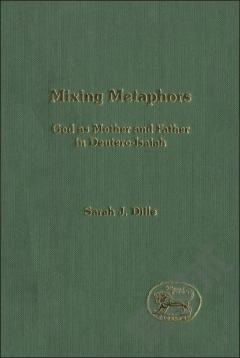

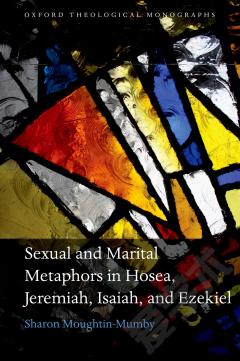
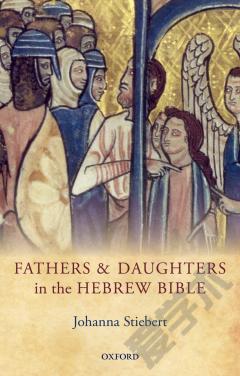

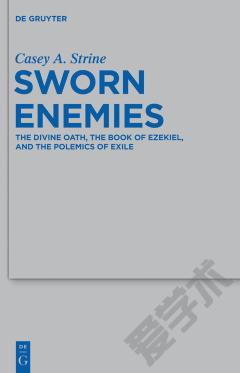
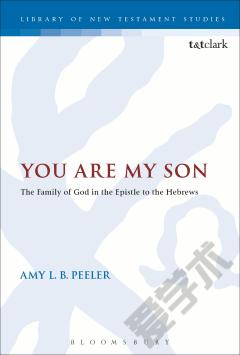

 京公网安备 11010802027623号
京公网安备 11010802027623号